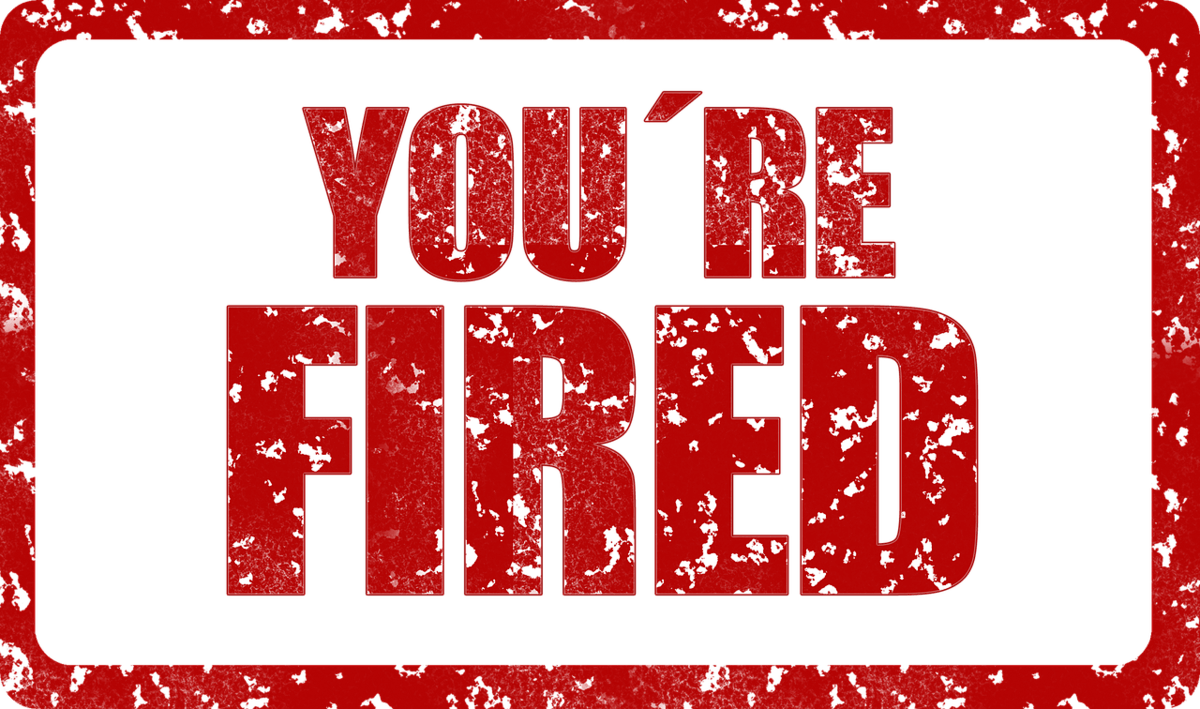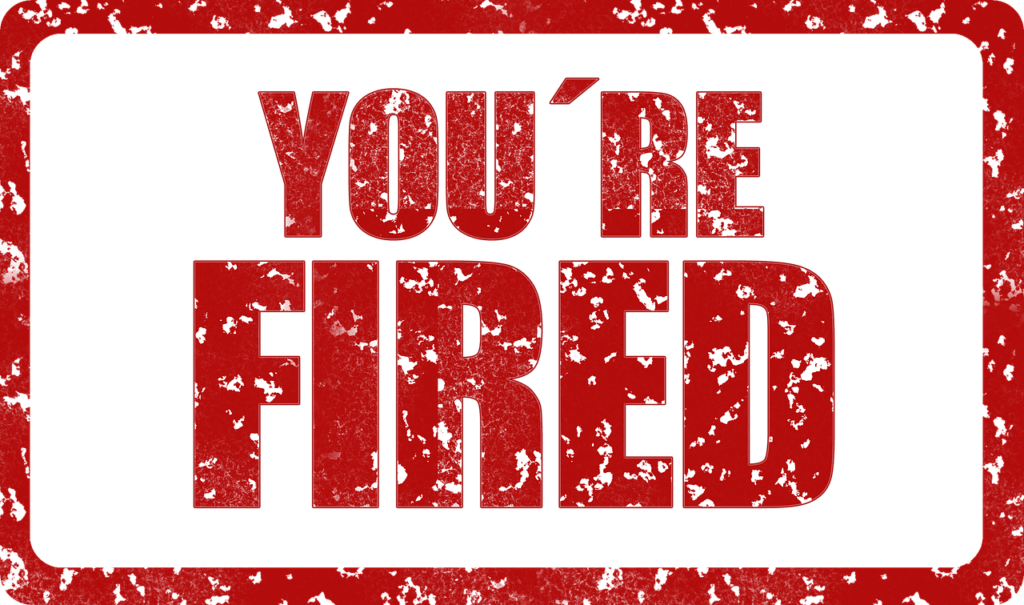The allure of landing a large account (such as a big box retailer) can be the height of nirvana for some (most) companies. The prospect of getting your products in front of many more eyeballs seems like the solution that will let profits rain from the sky.
Reality suggests that while these types of customer can be of benefit, that is not always the case. Once the honeymoon period is over, if you have a one-sided customer relationship, this may lead you to consider a divorce.
Let’s pretend that you’ve crunched the numbers, either through zero-base budgeting, or some other method. Price adjustments have either been explored (and denied) or were never an option. You have come to the conclusion that despite the higher sales, you would rather be a “smaller” company, but one that has more profit.
Having been involved in numerous situations where a company terminated a customer, below are some items to consider. Please keep in mind that while this post talks about a large customer, many of the same rules apply if shuttering a large division / product line.
Financial Forecast – It is critical that the financial forecast is very well thought out and have buffer for hiccups along the way. While the analysis suggests that you will cut more costs than the lost revenue once the divorce is complete, that does not mean that the transition period will be more profitable. The risk factors and potential exposure that is identified will have an impact on the profitability, and more importantly, the cash flow of the company. Depending on the cash requirements, the plan may need to be modified in order to make it feasible for the business.
The following items are some of the more important issues to consider when preparing the projection:
- Additional exit costs that the company could incur, such as severance, lease terminations (cars, offices, equipment), extra travel, consultants, etc.
- Will the customer hold onto receivables for a longer period of time? This could delay cash flow, or impact liquidity if the receivables are used as collateral for borrowing.
- If the company is subject to product returns, expect a higher than average level.
- Depending on the customer’s sourcing options, they may need to maintain a supply of product for a given period of time. This can work to the company’s benefit in the short term through either optimizing production and / or getting a boost in volume.
- Other items that cannot be overlooked are paying out vacation to employees upon termination, and possible relocation expenses for top talent, if they are to be retained.
Communication Plan – Having an accurate financial forecast is necessary and can provide peace of mind for the management team. However, if the communication is not handled well, then chaos can ensue. The additional distractions from a rough transition will take attention away from managing the remaining business and most likely cause other financial drains.
The best thing to keep in mind, is that despite any clever project names and doing the best to keep things a secret, just expect that people will know something big is happening. The employee pool has a sixth sense, and while their exact suspicions can often times be wrong, they are usually correct that a big announcement can be brewing.
A communication plan needs to consider all the stakeholders, including: employees, investors, lenders, other major customers, important vendors, other strategic partners. The level, detail and timing of communication could very well be custom for each type of stakeholder. Some instances may require in person meetings, some may require phone calls, others could be handled by email. These all need to be planned out ahead of time.
A press release may be warranted if the company feels it needs to go on the offensive. It is better to put your spin on the narrative than let someone else do so and then have to react. A common type of phrasing used is “focusing on our core business”, which in layman’s terms means that you are exiting this business / customer because you can’t make money at it.
Timing – There are many factors which can impact the timing on when an announcement should be made. Parting ways with a seasonal customer would be best to do before / leading into the busy season, to allow for a more successful liquidation of inventory. If you sold outdoor furniture, the fall would be a horrible time to make an announcement, whereas February would be much better. I have witnessed after-season and pre-season liquidations, the difference in recovery values are significant, as expected. A scenario where the winddown could be completed quickly could expose the company to penalties under the WARN Act. The forecast, communication plan and timing all have to considered together.
Once you are down the path of winding down a customer or portion of the business, the management team needs to keep a focus on protecting the remaining organization and limit the financial exposure as much as possible. The end goal is to be a smaller, but more profitable company, the first part is relatively easy to achieve, but a lack of focus can derail the latter part of this goal.


